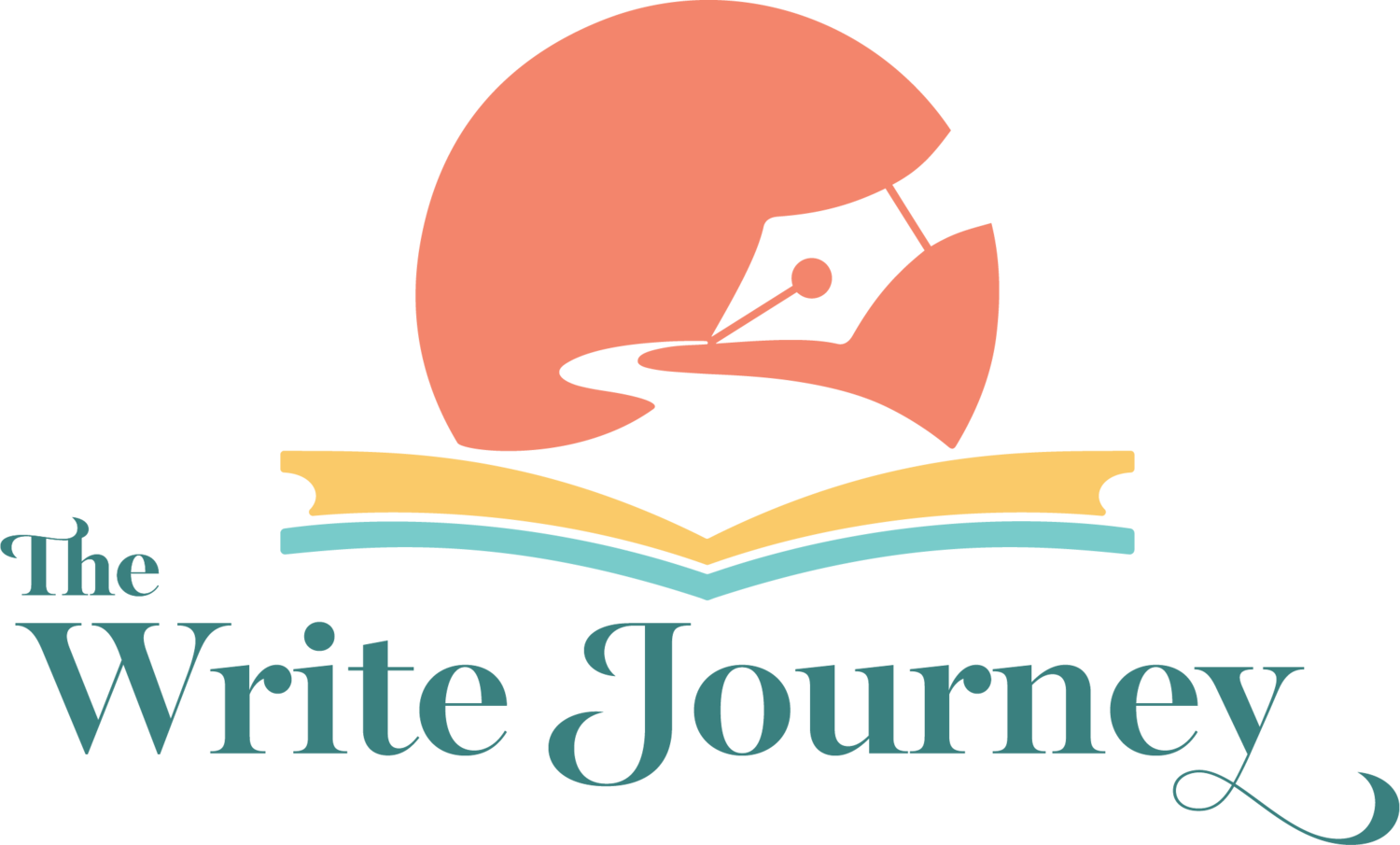In the TWJ classes, our experienced instructors follow the same principles laid out in the new Blending Literature With Writing Guide written by Kris Cordell. Kris and her staff have successfully used these tried and true principles for nearly twenty years in classes. The amazing fact is, this guide does not take years to study and put into practice. Parents and families may apply the guide’s methods immediately in their homes. Here are some of the practices we utilize in classes at The Write Journey.
Our instructors:
select award winning literature or classics
read the entire novel to identify the theme/s
work to develop critical thinking skills in students
foster healthy discussion and discourse
ask MANY “how” and “why” questions in class discussions
develop writing prompts from the story
pace the novel reading slowly
have students study the text instead of hurrying to “find out what happens”
assign vocabulary words from the text
identify and teach the literary devices found in the novel
create enrichment type projects from the contents of the novel
When our instructors blend this type of literary study with the writing process taught in our Foundations in Writing Handbook, the entire subject of Language Arts is covered. Students learn to love literature, and through discussion, find meaningful ideas to express in writing. We encourage you to explore fun ways to make the most of reading a great novel with your children.





